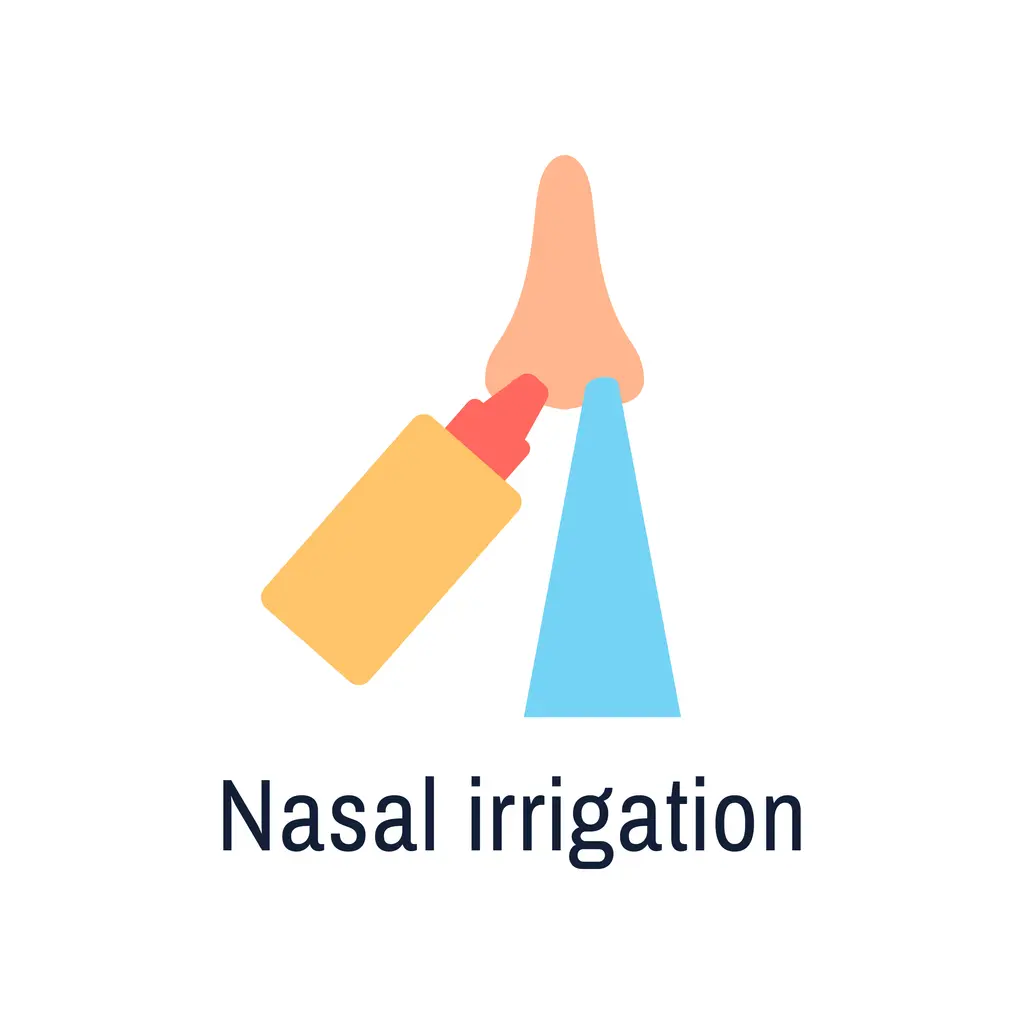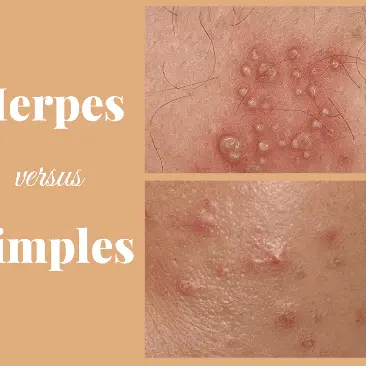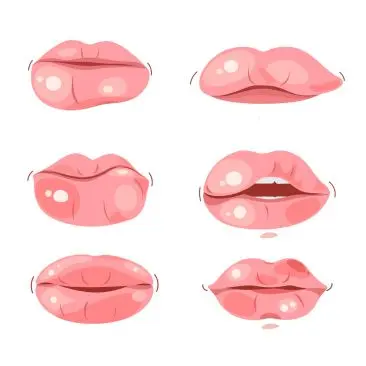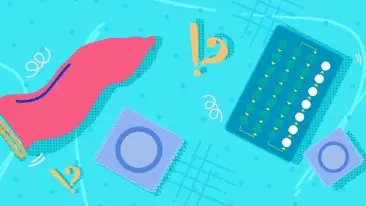Nasal Irrigation (Sinus Flush): What You Need To Know
A centuries-old practice, nasal irrigation involves pouring a saline solution into your nose to clean it out. In addition, the neti pot-a tool for nasal irrigation that has surged in popularity in the past decade-has a surprising origin: yoga.
Neti pots, a teapot-like device used for nasal irrigation, have ancient Indian roots. Yoga practitioners believed that clear breathing led to clear thinking, so they cleaned their noses. Nasal irrigation is a very effective treatment for many people who suffer from sinus problems, such as chronic rhinosinusitis, sinusitis, allergy symptoms, the common cold, and related conditions.
With various sinus symptoms, doctors often recommend this practice, also known as a "sinus flush.". Without a prescription, all ingredients and tools are available. Is nasal irrigation effective in treating your symptoms and improving your quality of life?
This article will explain nasal irrigation and how to perform it properly. I will also discuss some potential risks and side effects of undergoing this procedure on yourself. I will tell you whether nasal irrigation works, how frequently you should do it, and when to see a doctor.
What Is Nasal Irrigation?
Nasal irrigation involves rinsing the inside of your nasal passages with a saline solution.
Neti pots are small teapots with long spouts used for this rinsing. Sometimes, nasal irrigation can relieve allergy symptoms, sinus issues, and congestion by washing out allergens and thick or dry mucus.
Post-nasal drip can also be reduced with nasal irrigation. Some people use neti pots to moisten their nasal passages in heated or air-conditioned indoor spaces. If done incorrectly, nasal irrigation can increase your risk of infection. There is even the possibility of death from it.
Bacteria and single-cell organisms, such as amoebas, can cause dangerous infections in tap water. Thus, nasal irrigation should only be carried out with distilled water, water that has been sterilized and cooled, or water that has been purified through a special filter.
How To Do A Nasal Irrigation
Neti pots are small, teapot-like containers used for nasal irrigation. You can also perform a sinus flush using cupped hands, a syringe with a bulb, or a nasal irrigation machine. Regardless of your chosen method, the process is relatively similar, and water shouldn't be plain tap water.
Tap water can contain an amoeba called Naegleria. The stomach acid in your stomach can kill this amoeba, so you can still drink it. It can cause an infection and even death when it gets in your nose.
Be sure your nasal irrigation water is Naelgeria-free by using only distilled water, tap water that has been boiled and cooled to room temperature, or water that has been filtered through a filter designed to trap these organisms.
Follow these steps to perform a sinus flush once your water is ready.
The First Step Is To Prepare Your Nasal Irrigation Device And Solution
Ensure your hands and the neti pot or other nasal irrigation device are cleaned before beginning.
Make your saline solution for nasal irrigation by adding a half teaspoon of kosher salt and a half teaspoon of baking soda to one cup of distilled, boiled, or filtered water.
Standing behind a sink, pour this saline solution into your neti pot or another irrigation device.
Step Two:
- Get The Device Into Position.
- Place your head over the sink and tilt it at 45 degrees.
- Use the neti pot or another device to place the tip in the higher nostril.
- Just a half-inch or so inside your nose will do.
Pour The Solution Through Your Nostrils In Step Three
- Pour the solution into your nostrils while breathing through your mouth.
- Try not to swallow the solution, and keep breathing through your mouth.
- In the sink, the liquid should drain from the other nostril.
- After you've finished, blow your nose on the other side.
- Afterwards, clean and dry your neti pot or another device.
Nasal Irrigation Side Effects
Nasal irrigation has few side effects, but some people experience minor nasal irritation after flushing. When you perform a sinus flush for the first few times, you may feel slightly burning; this is normal. After sinus flushing, some people experience nosebleeds or headaches. Before using the neti pot again, talk to your physician if you experience any side effects.
Safety
It is not a good plan to use tap water or a saline solution made from tap water that has not been purified or heated for nasal irrigation.
Some amoebas, bacteria, and other single-celled organisms can be found in tap water. Because of the pH level of your digestive system, this water is safe to drink, but these germs can grow inside your nose and cause dangerous infections.
This is why nasal irrigation should be performed with water that is free of these contaminants-distilled water, water that has been filtered to remove these organisms, or water that has been boiled and cooled.
Boil and cool tap water by bringing it to a high temperature for three to five minutes, then allowing it to cool to room temperature. You should not perform nasal irrigation with extremely hot or icy water to prevent damage to your nasal passages.
Wash your hands before and after using your nasal irrigation device, whether it's a neti pot or another device. To prevent bacteria from growing inside the device, wash it with soap and then dry it thoroughly after using it.
Can You Do Nasal Irrigation After Sinus Surgery?
You can perform nasal irrigation, but ask your doctor if you should take any precautions.
Perform nasal irrigation before taking other nasal medications, allowing the medicine to be absorbed by your sinuses.
Does Nasal Irrigation Work?
87 per cent of 330 family physicians surveyed recommended nasal irrigation.
Chronic rhinosinusitis patients who practice nasal irrigation and routine care showed 64 per cent relief compared to those who only used regular care.
As well as clearing sawdust from the noses of woodworkers has also been helpful for people exposed to airborne irritants at work.
Other studies have shown it relieves allergic rhinitis (an irritated nose triggered by allergies) and upper respiratory infections.
How Often Should You Do Nasal Irrigation?
Sometimes, the process might have to be repeated several times a day.
Some doctors recommend performing nasal irrigations twice daily for several weeks after surgery, continuing until the fluid clears.
Once a day is sufficient for moderate cases.
Some patients see results after just a few treatments. If you are concerned about how often you should perform a sinus flush, speak with your healthcare provider.
Stop using the device if you experience nosebleeds or headaches after performing nasal irrigation.
When To See A Doctor
In most cases, sinus and cold symptoms do not require nasal irrigation. A doctor should be contacted if symptoms last more than ten days, recur, or you develop a headache or fever. You should consult your healthcare provider if you experience nose bleeding or headaches after using the nasal irrigation device.
Frequently Asked Questions
How Should You Use Water For Nasal Irrigation?
Nasal irrigation should be performed only with distilled water, passed through a filter to remove bacteria and amoebas, or boiled and allowed to cool. Never use plain tap water or water that is too hot or cold. The water should then be mixed with a saline solution. Nasal irrigation devices often come with a mix. If you want to make your own, add half a teaspoon of salt plus half a teaspoon of baking soda to each cup of water.
How Safe Is Nasal Irrigation?
Nasal irrigation is safe with clean hands, a clean nasal irrigation device, and disinfected water. When flushing your sinuses, never use regular tap water. Water should be sterile - distilled water, boiled and cooled water, or water filtered with a filter that can catch certain infectious organisms. Use only hot or cold water. While performing a sinus flush, breathe through your mouth. Do not perform the procedure if you have a clogged nose or an ear infection.
How Mobi Doctor Can Help
Mobi Doctor offers online urgent care.






